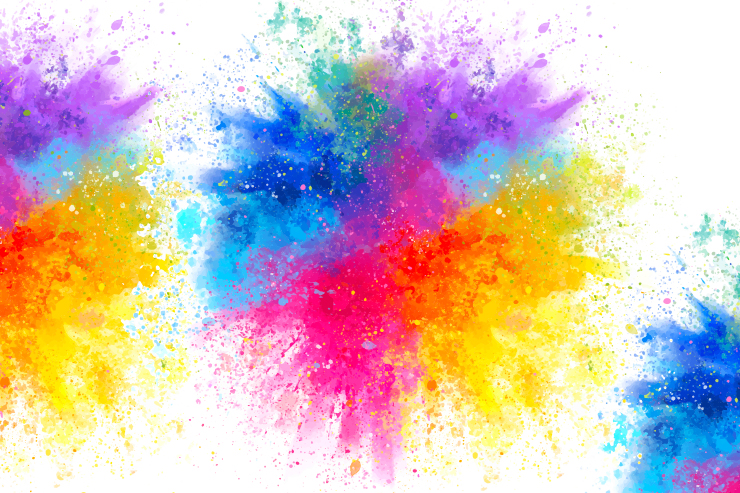How Colours Affect learning and mood of Children

Colours are omnipresent, and so is the innocence of every child. Children enjoy things that are vibrantly coloured. The Arts & crafts, interiors, exteriors, decoration and many festivals and events, are pictured through colours for everyone. Colour attracts children’s attention and builds curiosity, which is how colours affect learning.
A child learning colours affect his/her mood differently. Let’s see how Child Colour Psychology works.
How Can Colour Affect Mood in Children?
Some research shows that colours infiltrate mood, metabolism, blood pressure and adrenaline in children. Colours affect learning and mood in a positive as well as negative way. Some colours improve sleeping habits and boost memory.
On the other hand, some colours hurt performances and make children irritable. But child colour psychology helps most children learn and express themselves pleasingly. If you aren’t sure about the colours, let’s see what is the need of a child learning colours.
What each colour signifies
Each colour uniquely impacts us. Warm colours such as orange, yellow and red trigger comfort & warmth to anger & estrangement. Cool colours like green, blue, and purple calm down and counteracts the feeling of anxiety. Here’s how a child learns colours and what each colour signifies concerning emotions and mood.
Red
Red is a powerful colour. It represents superiority and domination and encourages energy and excitement. Usage of red colour in a child’s learning and child colour psychology is necessary to make them feel fierce. On the other hand, red can be overwhelming or distracting to them. So keep in mind to not use Red colour in their bedrooms and classrooms too much.
Orange
Orange is a vibrant colour that kids can’t control to look at. Orange commonly leads to joy and spirit. It is often the favourite colour of confident and extroverted children. Shades of Orange colours affect learning and mood generally in a positive way and awaken their excitement. The use of Orange colour in a child’s bedroom or classroom could be wise.
Yellow
Yellow is the colour of wisdom and compassion. Children often feel confident and calm when the yellow colour is associated with anything, so it’s a good tool for a child learning colours. Children who love yellow care to be more cheerful and optimistic.
Green
Green colour has healing properties and so it calms down children. Green is represented through plants, nature and habitat. Children should always be surrounded by plants for a natural and calming environment. This colour helps the child fall asleep faster.
Blue
Blue is the colour of peace and contentment. If the children are exhausted with warm and vibrant colours then blue is their saviour. A room filled with shades of blue, helps the children ease their anxiety. However, too much dark blue can increase depression and anxiety.
Purple
Purple is a soothing colour and thus, we can relate it to anti-anxiety. Different shades of purple bring different forms of emotions and moods to the children. It can contribute to a child’s well-being and also enables creativity. So, it is the ideal colour to improve imagination and emotional development in children in child colour psychology.
Pink
Most children are fond of pink colour. A colour that is relatable to their innocence and bliss. Most people think that pink is a girly colour but if you look at it, you will feel energised and active. However, children who are shy and introverted can feel overwhelmed by it.
Conclusion
Colours can impact every child’s emotions or physiological changes in their body. Child colour psychology is an approach towards overall development.
(Also, Read: CHOOSING PLAY SCHOOL FRANCHISE OVER STARTING YOUR PLAY SCHOOL )





